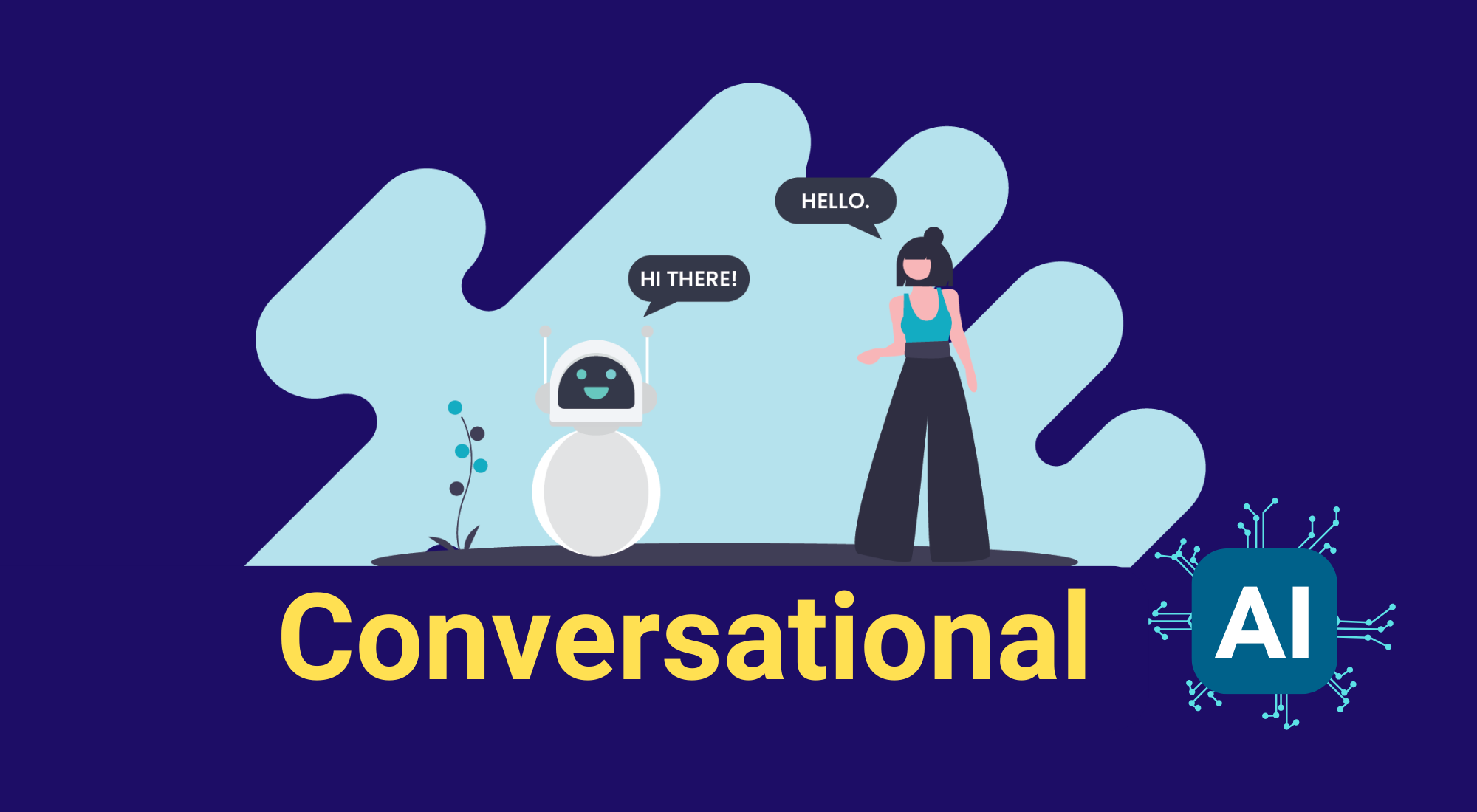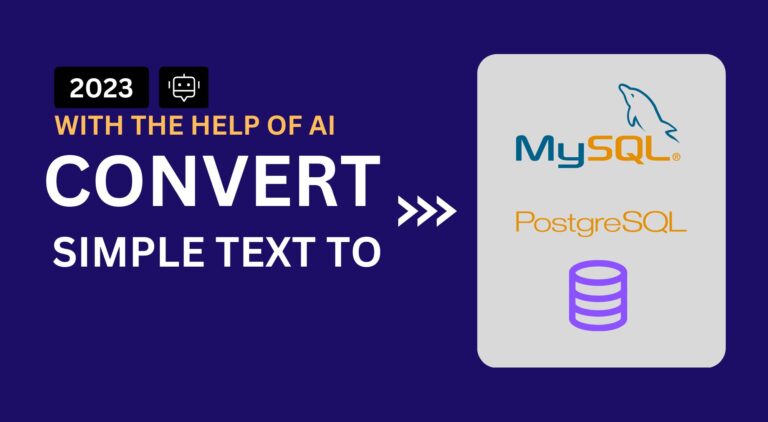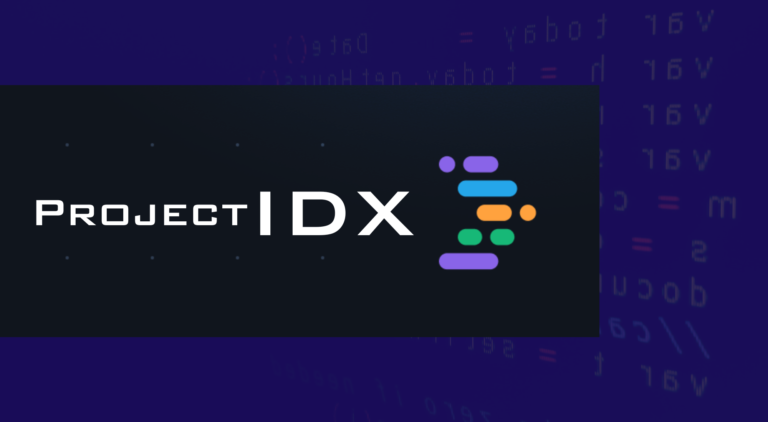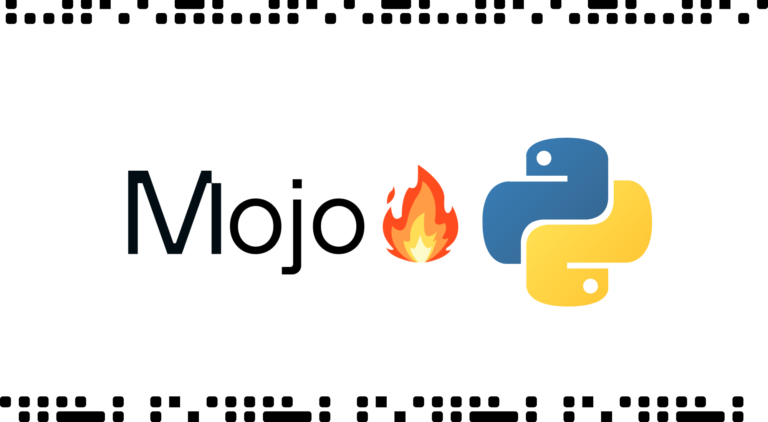Table of Contents
What Is Conversational Artificial Intelligence?
Conversational AI is a branch of artificial intelligence that focuses on creating natural and engaging interactions between humans and machines using natural language. Conversational AI can power various applications, such as chatbots, voice assistants, smart speakers, and conversational agents, that can understand and respond to human queries, requests, commands, and emotions. Let’s deep dive into the article and explore more about this new emerging thing in the world of AI and ML.
How does Conversational Artificial Intelligence Work?
Here is a step-by-step overview of how conversational AI works:
- Natural language processing (NLP): The first step is to process the user’s input using NLP. This involves breaking down the input into words and sentences, identifying the parts of speech, and understanding the grammatical structure.
- Intent recognition: Once the input has been processed, the system needs to determine the user’s intent. This is the goal of the user’s request, such as to book a flight, answer a question, or complete a task.
- Entity recognition: The system also needs to identify any entities in the user’s input, such as names, places, and dates.
- Response generation: Once the system has understood the user’s intent and identified any relevant entities, it can generate a response. The response should be relevant, informative, and natural-sounding.
Conversational AI use cases
Chatbots: Computer programs that mimic human speech are known as chatbots. They are frequently employed in customer service to respond to queries and offer assistance. For instance, a lot of banks now provide chatbot assistance to customers who need assistance with operations like checking their balance, making money transfers, and paying bills.
Virtual assistants: Virtual assistants are CAI systems that can help users with a variety of tasks, such as setting alarms, playing music, and controlling smart home devices. Some popular virtual assistants include Amazon Alexa, Google Assistant, and Apple Siri.
Voice assistants: Voice assistants are CAI systems that can be controlled by voice. They are often used in smartphones and other devices to allow users to interact with their devices hands-free. For example, you can use a voice assistant to call a friend, send a text message, or get directions.
Educational tools: CAI is also being used to create educational tools that can help students learn in a more personalized and engaging way. For example, some schools are using CAI-powered tutors to help students with their homework. CAI is a rapidly developing field with a wide range of potential applications. As CAI systems continue to learn and improve, they are likely to play an increasingly important role in our lives.
Benefits Of Conversational AI
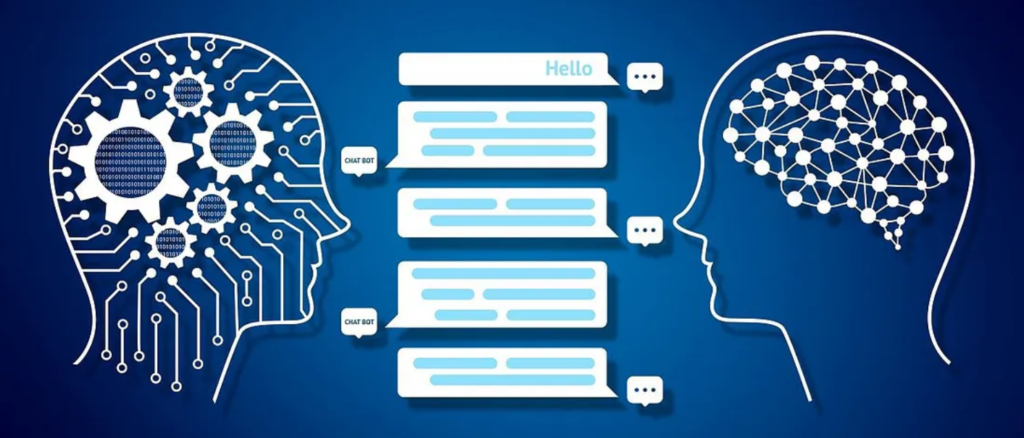
Here are some of the benefits of using CAI:
- Improved customer service: CAI can provide customers with 24/7 support and answer their questions quickly and accurately. This can lead to increased customer satisfaction and loyalty.
- Increased sales: CAI can help businesses generate leads, qualify prospects, and answer sales questions. This can lead to more sales and revenue.
- Reduced costs: CAI can automate tasks that are currently performed by humans, freeing up employees to focus on more complex and strategic work. This can lead to reduced costs for businesses.
- Improved productivity: CAI can help people with a variety of tasks, such as scheduling appointments, managing their finances, and planning their day. This can lead to increased productivity and efficiency.
- Enhanced accessibility: CAI can be used to make products and services more accessible to people with disabilities. For example, a blind person can use a voice assistant to control their smartphone or computer.
Challenges Of Conversational AI Technology
Here are some of the challenges of CAI technologies:
- Natural language understanding (NLU): NLU is the ability of AI systems to understand human language. This is a complex task, as human language is often ambiguous and can be interpreted in different ways. CAI systems need to be able to understand the nuances of human language in order to generate accurate and relevant responses.
- Context management: CAI systems need to be able to track and understand the context of a conversation. This includes understanding the user’s intent, the topic of the conversation, and the relationships between the different entities involved in the conversation.
- Personalization: CAI systems need to be able to personalize their responses to each user. This includes taking into account the user’s preferences, history, and current situation.
- Robustness: CAI systems need to be able to handle a wide range of inputs, including unexpected questions, typos, and grammatical errors.
- Scalability: CAI systems need to be able to scale to handle a large number of users and conversations simultaneously.
Also Read :: Microsoft’s Surface And AI Event Announcements 2023
Career In Conversational AI
There are many different types of careers in CAI. Some common roles include:
- Conversational AI engineer: Conversational AI engineers develop and maintain CAI systems. They use their knowledge of NLP, machine learning, and software engineering to create systems that can understand and respond to human language in a natural way.
- Conversational AI researcher: Conversational AI researchers work to develop new and improved CAI algorithms and technologies. They use their knowledge of NLP, machine learning, and artificial intelligence to create systems that are more accurate, efficient, and robust.
- Conversational AI designer: Conversational AI designers are responsible for designing the user experience of CAI systems. They work to create systems that are easy to use and enjoyable to interact with.
- Conversational AI content writer: Conversational AI content writers create the text and dialogue that CAI systems use to interact with users. They need to have a strong understanding of NLP and human language in order to create content that is natural, informative, and engaging.
In addition to these specific roles, there are many other career opportunities in CAI. For example, CAI professionals can work in customer service, sales and marketing, education and training, healthcare, and human resources.
To have a successful career in CAI, it is important to have a strong foundation in NLP, machine learning, and artificial intelligence. It is also important to have good communication and teamwork skills.
Tips For Starting A Career In Conversational AI
- Get a degree in a relevant field: A degree in computer science, artificial intelligence, or a related field will give you the knowledge and skills you need to start a career in CAI.
- Take some online courses: There are many online courses available on CAI topics. These courses can help you learn more about the field and develop the skills you need to be successful.
- Contribute to open source projects: There are many open source CAI projects that you can contribute to. This is a great way to gain experience and build your portfolio.
- Network with other CAI professionals: Attend CAI conferences and meetups to network with other CAI professionals. This is a great way to learn about new job opportunities and get advice from experienced professionals.
Final Words…
Overall, the future of Conversational AI is bright. As Conversational AI systems continue to develop and improve, we can expect to see them used in a wider range of applications and have a more positive impact on our lives. If you are interested in a career in Conversational AI, now is a great time to get started. Hope you like reading the article and that you might have sought more information and knowledge out of it, share and spread it.

